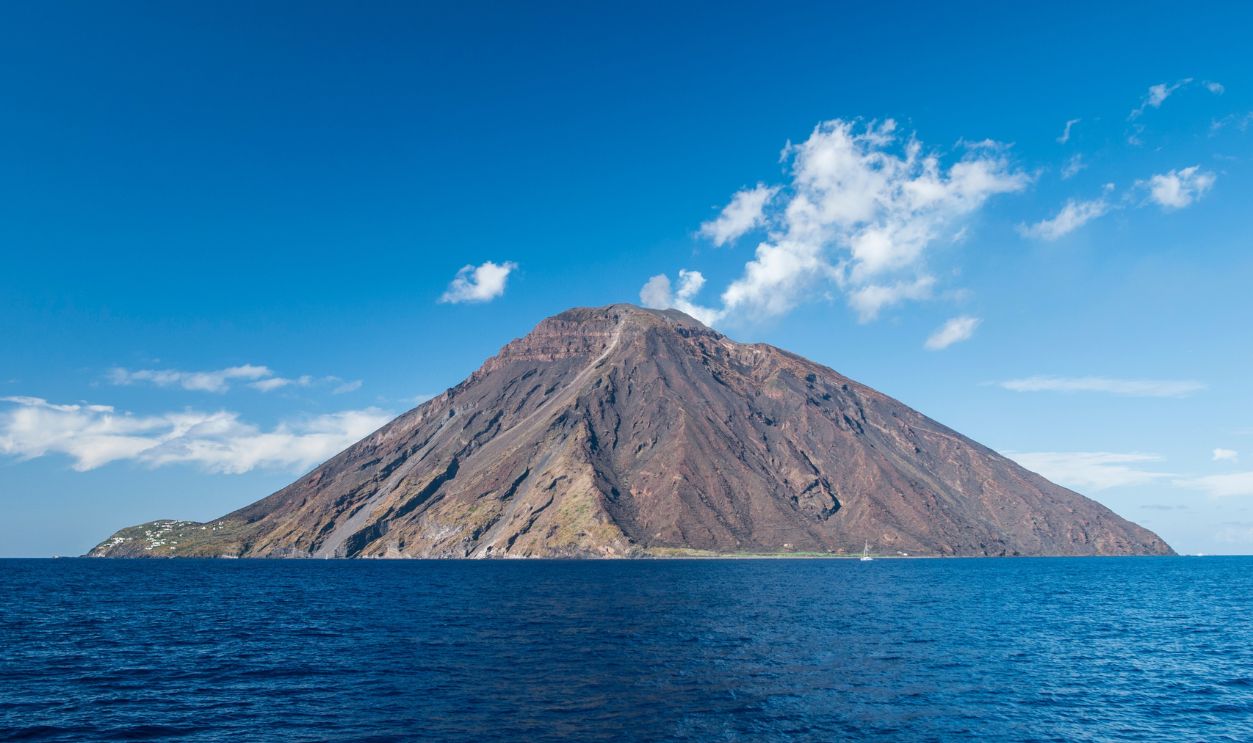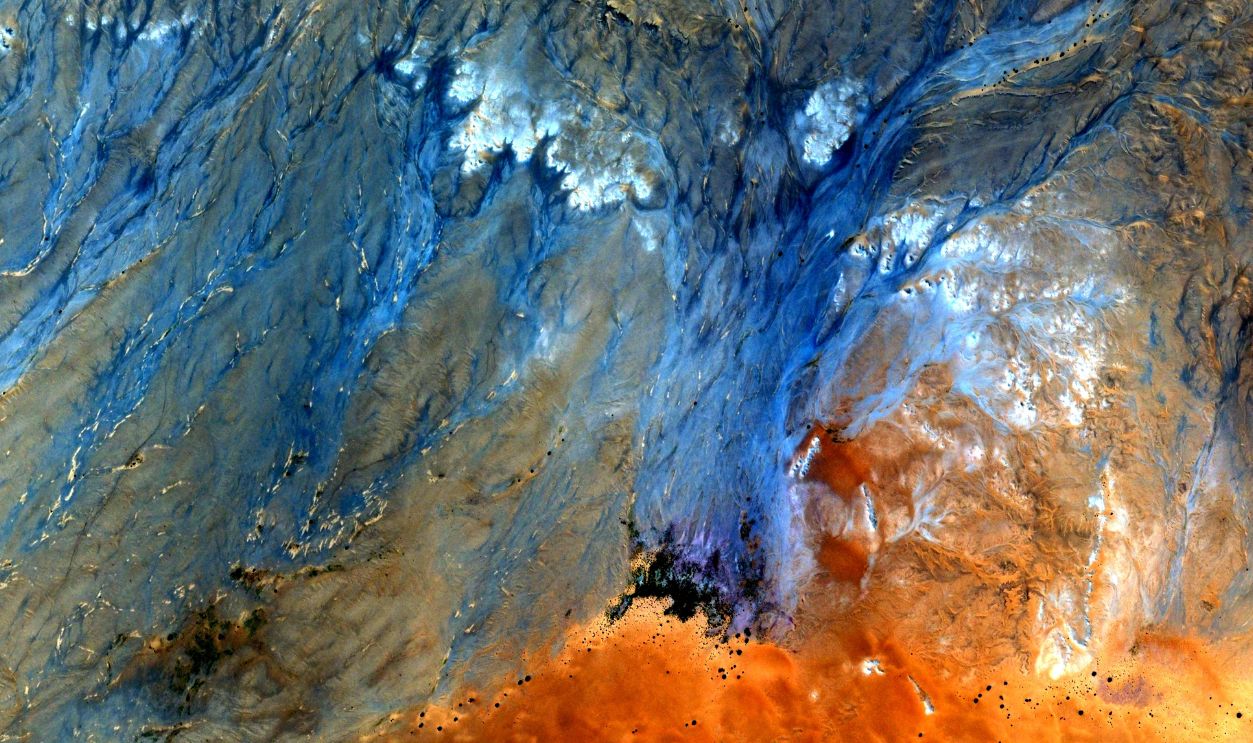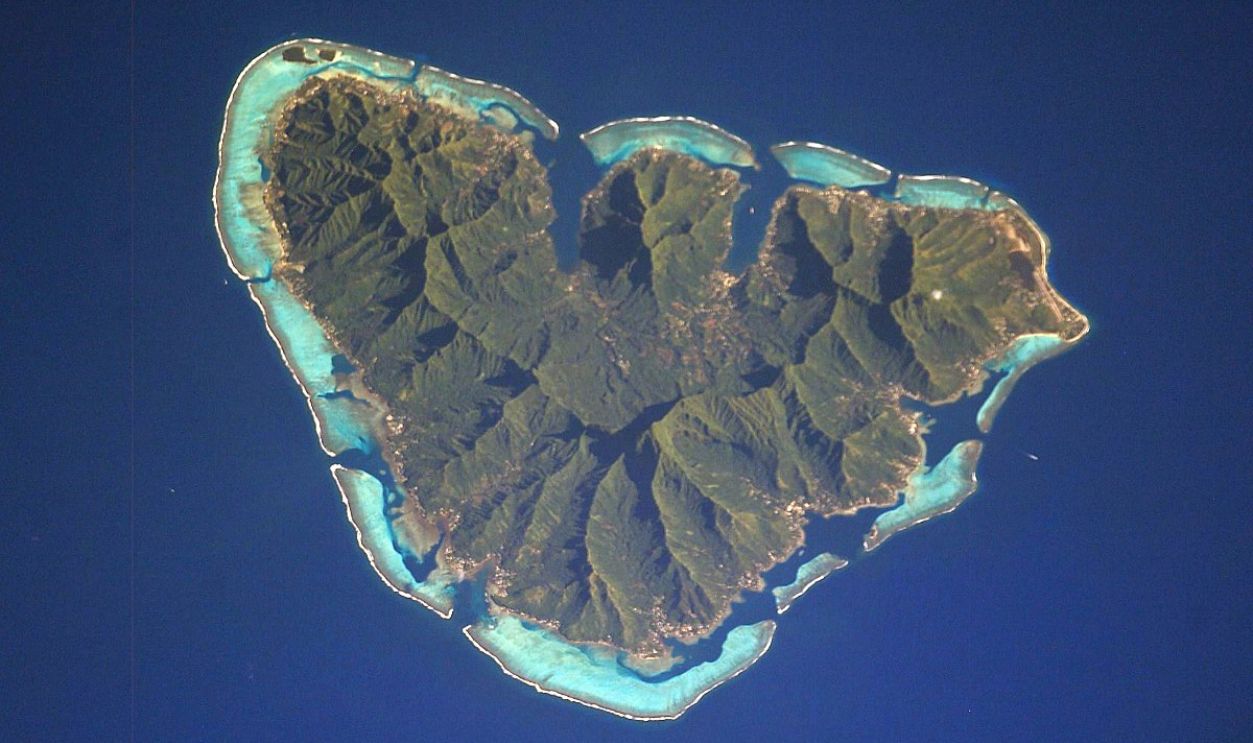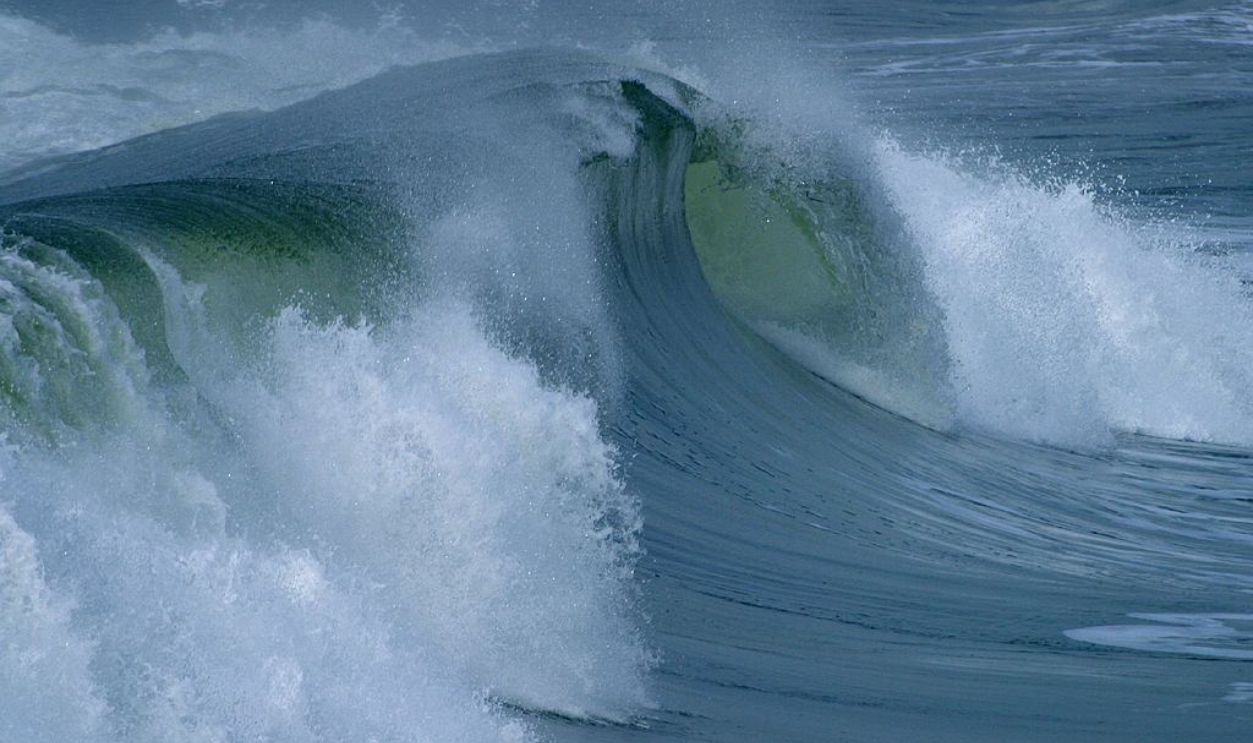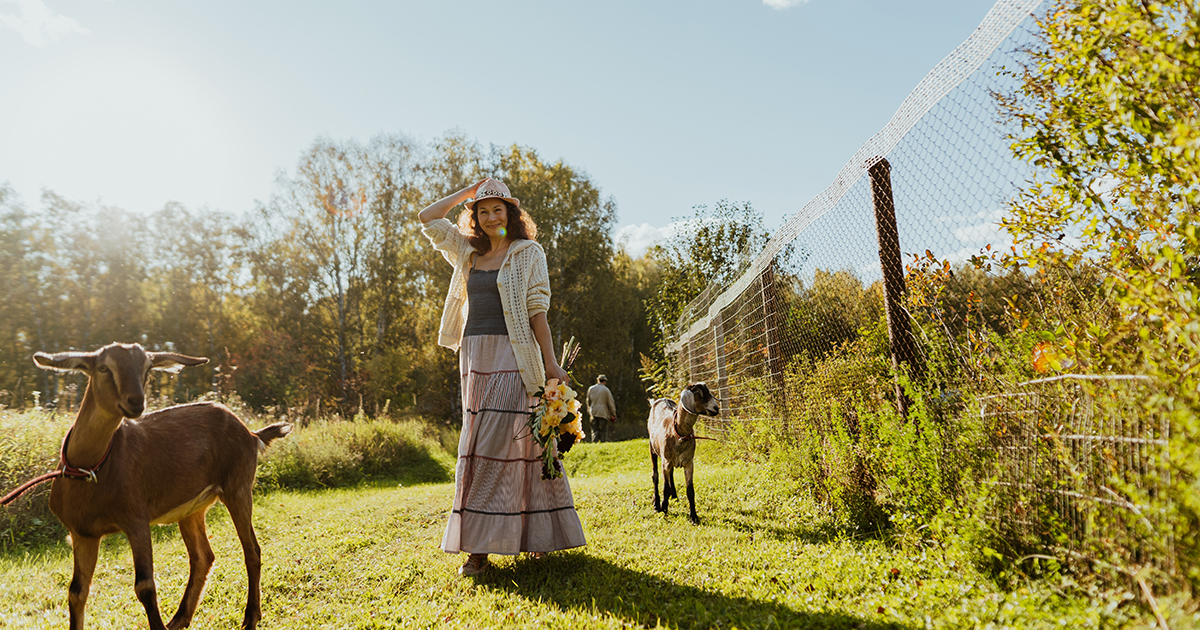The Rise Of Volcanic Islands
Islands are some of the most extraordinary things on Earth. They pop up out of the ocean, surrounded by beautiful, clear water. Most islands are made by powerful forces deep under the Earth's crust. But how exactly does the process work?
There Are About 1,500 Volcanoes On Earth
Volcanoes are extremely strong natural features on our planet, and there are about 1,500 of them that could still erupt. Most volcanoes aren't really dangerous and are actually popular places for tourists—lots of people visit volcanoes during vacations to take pictures and learn more about them.
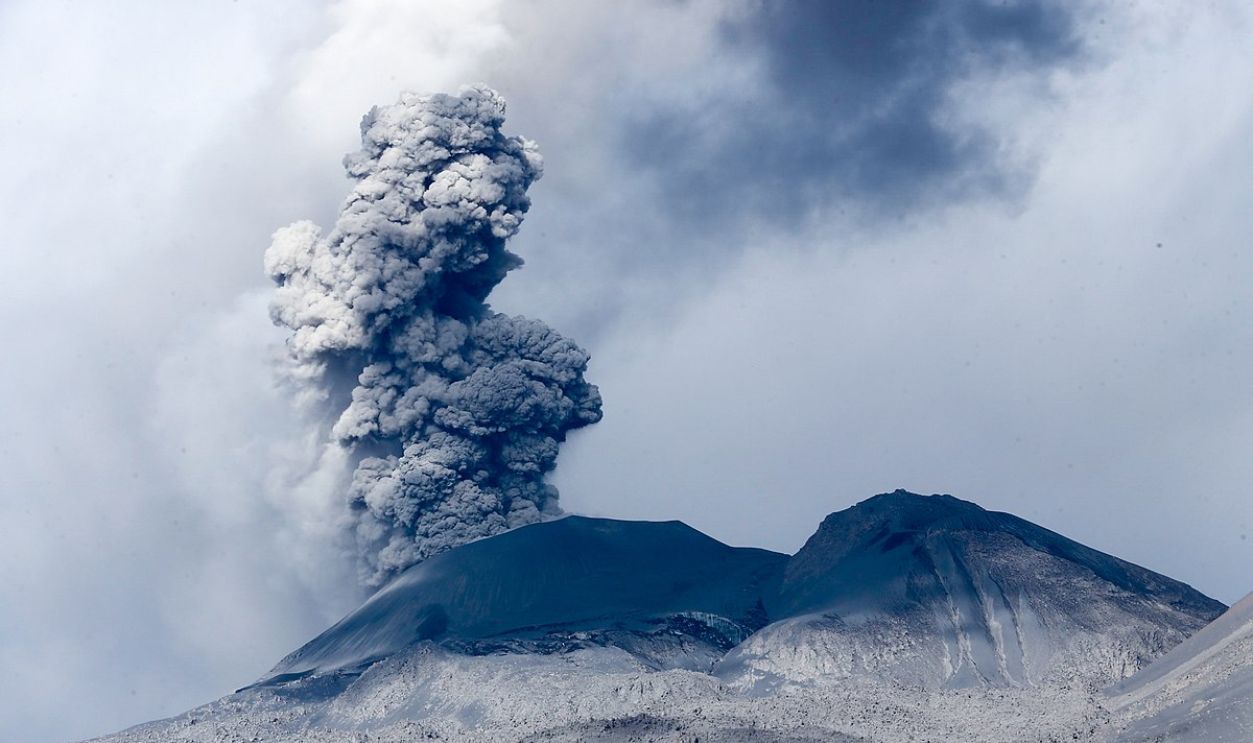 Gallery of the Ministry of Defense of Peru, CC BY 2.0, Wikimedia Commons
Gallery of the Ministry of Defense of Peru, CC BY 2.0, Wikimedia Commons
50 to 70 Eruptions Happen Every Year
You might be surprised to know that, each year, between 50 and 70 volcanoes erupt—proof for us to see how active and ever-changing the Earth is. Eruptions can be small lava flows or huge explosions that change the land and even affect the weather around the world.
 Giles Laurent, CC BY 4.0, Wikimedia Commons
Giles Laurent, CC BY 4.0, Wikimedia Commons
Gas Emissions From Early Volcanoes Made The Earth's Oceans
Our Earth's surface was vastly different once. Gas emissions, including vapor, carbon dioxide, and other volatiles from volcanoes, played a big role in the change. As the Earth cooled, that water vapor condensed to form the oceans that cover over 70% of the Earth now. These oceans hide a secret.
 Taro Taylor, CC BY 2.0, Wikimedia Commons
Taro Taylor, CC BY 2.0, Wikimedia Commons
There Are About One Million Volcanoes Submerged Underwater
There's a secret under the ocean's surface—a hidden world of volcanoes. It is estimated that about one million submarine volcanoes exist in rift zones, where new crust forms as tectonic plates move. These rift zones, known as seafloor spreading centers, are in the Earth's major ocean basins. Scared?
 NOAA/National Science Foundation, Wikimedia Commons
NOAA/National Science Foundation, Wikimedia Commons
Most Of Them Are Extinct
You don't need to worry much because most of the submerged volcanoes we mentioned are extinct. Most underwater mountains often go unnoticed, but they play a big role in shaping the seafloor and contributing to our planet's dynamic geology.
 NOAA/National Science Foundation, Wikimedia Commons
NOAA/National Science Foundation, Wikimedia Commons
Their Explosions Are Something Else
As the plates diverge, magma rises from under the Earth's surface to fill any gap, leading to volcanic activity that contributes to the expansion of the ocean floor. These massive levels of underwater volcanic activity create seamounts or underwater peaks.
 Alex DeCiccio, CC BY-SA 4.0, Wikimedia Commons
Alex DeCiccio, CC BY-SA 4.0, Wikimedia Commons
Some Volcanoes Can Be Seen From The Surface of Water
Although many volcanoes lie beneath the ocean, did you know that many rise above it? Yes, approximately 75,000 submarine volcanoes extend at least 0.62 miles above the ocean floor. These formations can eventually break the water's surface, creating new islands and landmasses.
Only 119 Submarine Volcanoes Have Erupted In The Past 11,000 Years
You're probably worried about all these massive explosions, right? Despite countless underwater volcanoes, eruptions are relatively rare. As a matter of fact, in the past 11,000 years, only 119 submarine volcanoes have erupted. Such rare events are significant geological phenomena, though, as they occasionally alter marine landscapes.
The Hunga Tonga-Hunga Haʻapai Erupation In 2021 Was Disastrous
One of the most notable recent underwater volcanic eruptions occurred at Hunga Tonga-Hunga Haʻapai in the Tongan archipelago in 2021. This event dramatically reshaped the island and surrounding seascape, and it showed the transformative nature of volcanic activity.
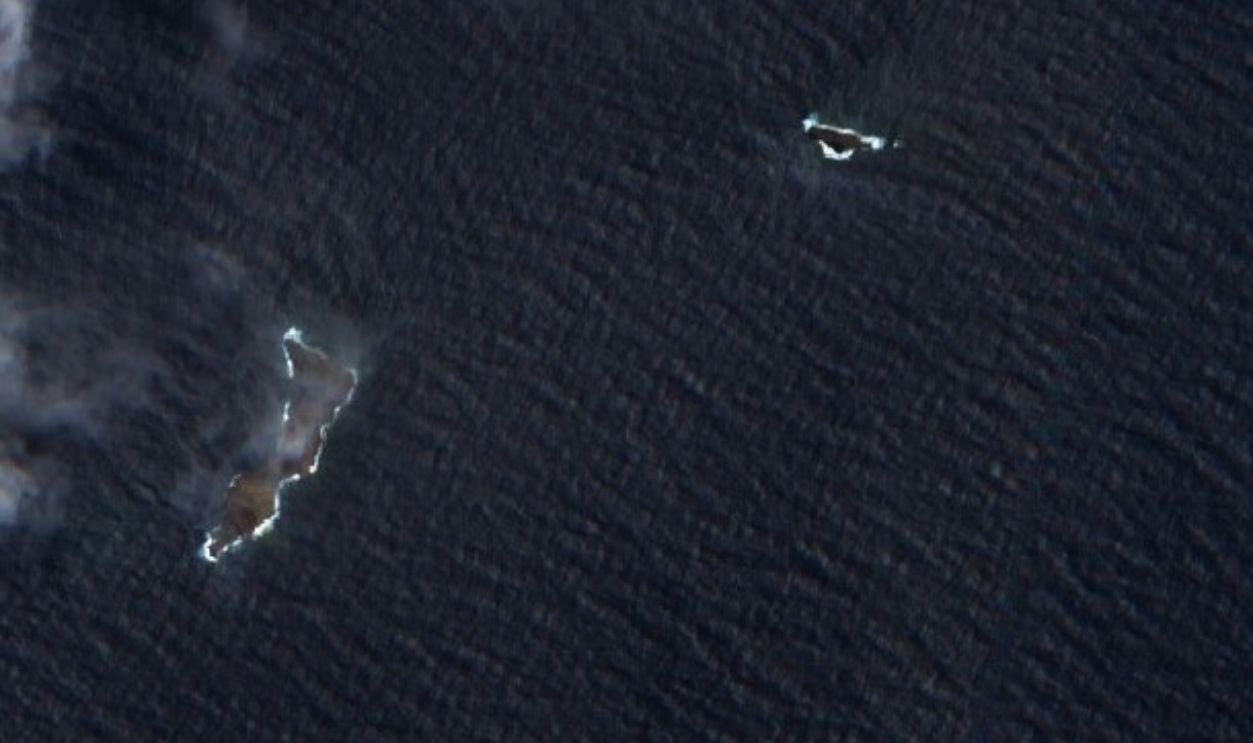 Contains modified Copernicus Sentinel data 2022, CC BY-SA 3.0 IGO, Wikimedia Commons
Contains modified Copernicus Sentinel data 2022, CC BY-SA 3.0 IGO, Wikimedia Commons
The Results Were Devastating
Unfortunately, four people were killed because of the resulting tsunami that affected Fiji, American Samoa, Tonga, Chile, Peru, the Russian Far East, Vanuatu, Japan, the US, and New Zealand. NASA stated that the destruction was hundreds of times more destructive than the Hiroshima nuclear bomb.
 Contains modified Copernicus Sentinel data 2022, CC BY-SA 3.0 IGO, Wikimedia Commons
Contains modified Copernicus Sentinel data 2022, CC BY-SA 3.0 IGO, Wikimedia Commons
This Is How Submerged Volcanoes Turn Into Islands
Underwater volcanoes are similar to their terrestrial counterparts. Magma from the mantle rises through the crust at the weak tectonic plate boundaries. The magma then reaches the ocean floor, and the eruptions build up layers of lava and ash. They gradually form volcanic structures that may eventually become islands.
 Carsten Steger, CC BY-SA 4.0, Wikimedia Commons
Carsten Steger, CC BY-SA 4.0, Wikimedia Commons
Early Eruptions Create The First Platforms of Islands
Initial eruptions of underwater volcanoes produce platforms of solidified lava, which are the foundations for island building. As time passes, more eruptions accumulate volcanic material and elevate these platforms above sea level. In other words, a new island is born. But that’s not all that happens when these volcanoes erupt.
 Unknown Author, Wikimedia Commons
Unknown Author, Wikimedia Commons
Volcanic Eruptions Fill The Water With Sulfur
When a volcanic eruption happens under the ocean, it releases massive quantities of sulfur into the water. Sulfur either comes from magma or from volcanic gases like sulfur dioxide and has incredibly negative effects on the ocean's ecosystem. How so?
Sulfur Changes Water Chemistry
Sulfur significantly changes the pH of seawater and makes it more acidic. This harms and even destroys marine life, particularly organisms sensitive to pH changes, such as coral reefs and shellfish. Some creatures stop reproducing or growing because of higher pH levels. But it doesn't stop here.
 noe photography24, Shutterstock
noe photography24, Shutterstock
More Reasons Why Marine Life Suffers
The sulfur-rich waters can form hydrogen sulfide, a toxic compound that can harm or eradicate marine organisms that are not bothered by pH changes. Fish and other marine creatures tend to avoid areas with high sulfur concentrations. But this changes local biodiversity and they deprive predators of access to food.
Murky Waters Prevail
The devastating sulfur compounds also affect the clarity of the water, sometimes making it too murky. Unclear waters reduce the amount of sunlight passing through, and photosynthetic organisms like phytoplankton, the base of the marine food web, suffer immensely. Moreover, murky waters stress fish and deprive seabirds of food.
Volcanoes Close To The Water Surface Create Bigger Explosions
When underwater volcanoes erupt near the water surface, the interaction between magma and water causes more explosions. The sudden cooling and contraction of magma when it hits the water causes phreatomagmatic eruptions, and the volcano's powerful blasts can rapidly shape islands and significantly affect their surroundings.
When Magma Meets Water
Magma, the scorching melted rock—it can reach temperatures of 1,292° to 2,420° Fahrenheit—often exists beneath the Earth's crust, with the intense heat keeping it in a liquid state. When magma shards collide with water, they can burst, and sometimes, these explosions cause the magma to stack, forming a brand-new island.
Continental Islands vs. Oceanic Islands
Volcanic activity creates oceanic islands on the seafloor. These, however, are different from continental islands. Expansions of the continental shelf, continental islands are split off from the continent by ocean. On the other hand, oceanic islands are not connected to continental landmasses; rather, they evolve from mid-ocean ridges.
 Jacques Descloitres, Wikimedia Commons
Jacques Descloitres, Wikimedia Commons
Examples Of Both Types
Greenland is part of the North American continent, and Madagascar broke off from Africa millions of years ago, so they’re continental islands. For oceanic islands, take the Hawaiian Islands, formed over a hotspot in the Pacific Ocean. The Galápagos Islands too were created by volcanoes on the Nazca Plate.
 Unknown Author, Wikimedia Commons
Unknown Author, Wikimedia Commons
There Are 2000 Oceanic Islands Among Millions
Did you know that only 2,000 islands are classified as oceanic islands despite the large number of islands on our earth? You can find them scattered across the world's oceans, formed from volcanic eruptions rather than as fragments of continents.
Many Oceanic Islands Are Tiny And Uninhabitable
Many oceanic islands are small and have no resources to support human life. These tiny rocky outcrops provide limited freshwater, soil for growing crops, and protection from harsh weather conditions. As a result, they remain uninhabited, serving primarily as nesting grounds for seabirds or homes to specialized ecosystems.
 Dr. James P., Wikimedia Commons
Dr. James P., Wikimedia Commons
After Emerging From The Sea, Many Islands Crumble
Once a volcanic island emerges, it faces new challenges—waves and storms. They don't take it easy on the new structure, and the relentless action of waves erodes the volcanic rock, which, over time, significantly weakens the island's structure.
The Sea Wants The Land Back
So, what happens? When waves hit a newly formed island, they can significantly reshape its coastline. The constant battering erodes softer materials, carving cliffs and beaches and creating the island's unique shape. Over time, this action can wash away loose volcanic ash and rock.
Many Don't Last
Since volcanic islands are composed of fragmented material, many don't stand a chance against the mighty force of the waves. Their weak composition makes them more prone to collapsing due to the continuous battle. Large sections of the island crumble into the sea, reducing the island's size.
But Some Islands Can Make It
Most volcanic islands are unstable in the beginning. Nevertheless, over time, constant volcanic activity can provide the same island with new layers of lava and ash, gradually increasing its stability. Until then, this new piece of land is at risk of being reshaped or even destroyed by natural forces.
Iceland Is The Largest Volcanic Island
Let’s talk about the largest volcanic island in the world, which still exists today. Along the Mid-Atlantic Ridge, where the North American and Eurasian tectonic plates separate, Iceland was formed at a hotspot of volcanic activity.
Iceland's Formation: A Geological Timeline
Iceland was made 70 million years ago due to volcanic activity along the Mid-Atlantic Ridge. This unique geological position created a landscape dominated by volcanic features. Its landscape is also made of glaciers and geysers.
 biletskiyevgeniy.com, Shutterstock
biletskiyevgeniy.com, Shutterstock
People Didn't Inhabit The Island Long Ago
The first known settlers of Iceland were Norsemen from Scandinavia and Celtic people from the British Isles. Swedish Viking explorer Garðar Svavarsson was the first to navigate around the island in 870, building a winter home. Norse explorer Ingólfur arrived in 874, followed by more Norwegians and Celtic people.
 Oscar Wergeland, Wikimedia Commons
Oscar Wergeland, Wikimedia Commons
It's A Relatively New Home
Although some archaeological evidence proves that some monks lived on the island before the 9th century, they left little evidence for scientists to study. This means that Iceland is probably one of the newest homes inhabited by man, although migration to the north started a lot earlier.
 Johann Petr Molitor, Wikimedia Commons
Johann Petr Molitor, Wikimedia Commons
Things Were Different
Almost 25% of the island was covered in forest, now reduced to about 1% as the early settlers had to clear areas to build their settlements. Forests are common on volcanic islands, as the washed driftwood, seaweed, and the remains of various marine organisms enrich the soil with essential nutrients.
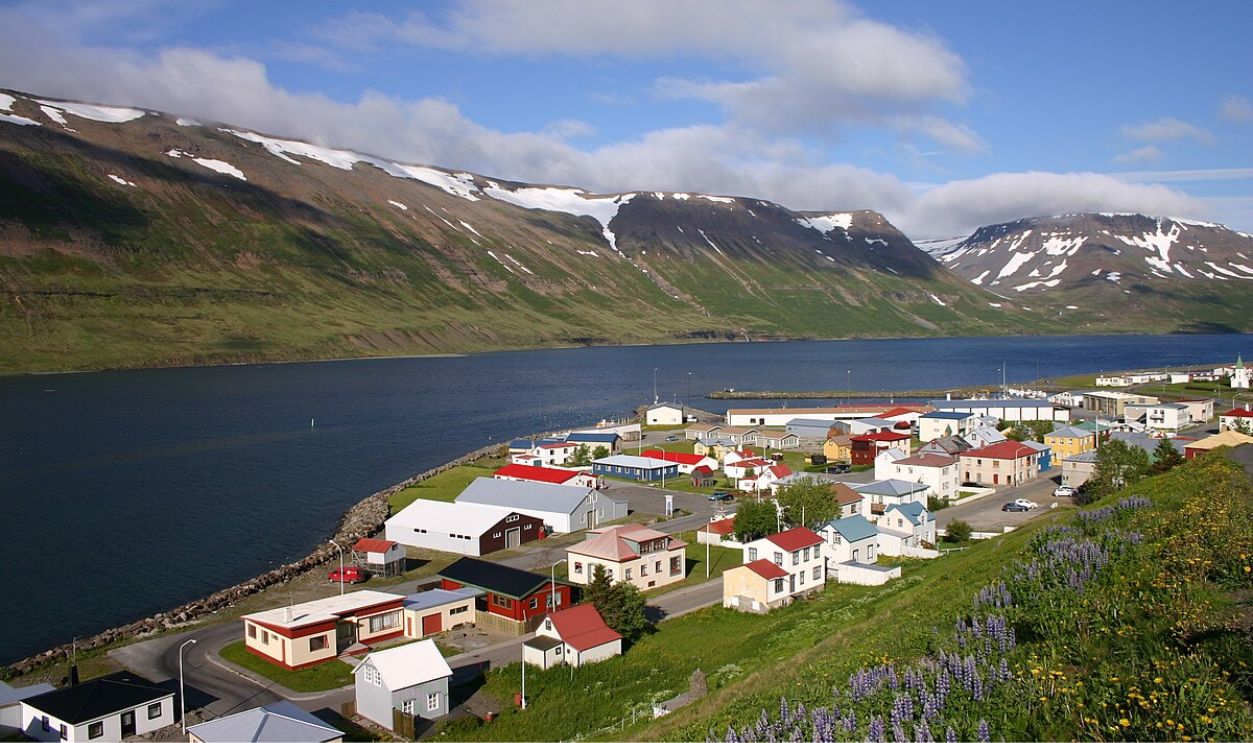 Brad Weber, CC BY-SA 3.0, Wikimedia Commons
Brad Weber, CC BY-SA 3.0, Wikimedia Commons
The Volcano's Final Gift
Another reason why islands like Iceland have good vegetation is because of the ash and lava. They contain dozens of minerals like zinc, calcium, sulfur, copper, iron, and magnesium. All these minerals support plant life and represent the volcano’s final gift to its child.
 Axel Kristinsson CC BY 2.0, Wikimedia Commons
Axel Kristinsson CC BY 2.0, Wikimedia Commons
A Rich History
Iceland has a rich cultural heritage that includes ancient Norse traditions, literature, and mythology. The sagas, written in the 13th century, are a cornerstone of Icelandic cultural history. They focus on family history and the conflicts and struggles of the early settlers.
Nowadays, People Lead A Different Life
About 380,000 people currently live in Iceland, with most of them residing in Reykjavík, the capital city. They speak the Icelandic language, which is close to modern Norweigan, and the ancient Norn, an extinct North Germanic language that people spoke in the Northern Isles across the shore of Scotland.
 Nataliya Derkach, Shutterstock
Nataliya Derkach, Shutterstock
They Engage In Various Activities
Historically, agriculture and fishing were the mainstays of the economy. Modern Icelanders engage in various occupations, strongly focusing on fishing, tourism, and renewable energy. Since the country relies on renewable energy, aluminum smelting is one of the biggest industries, as aluminum is used to make solar panels and wind turbines.
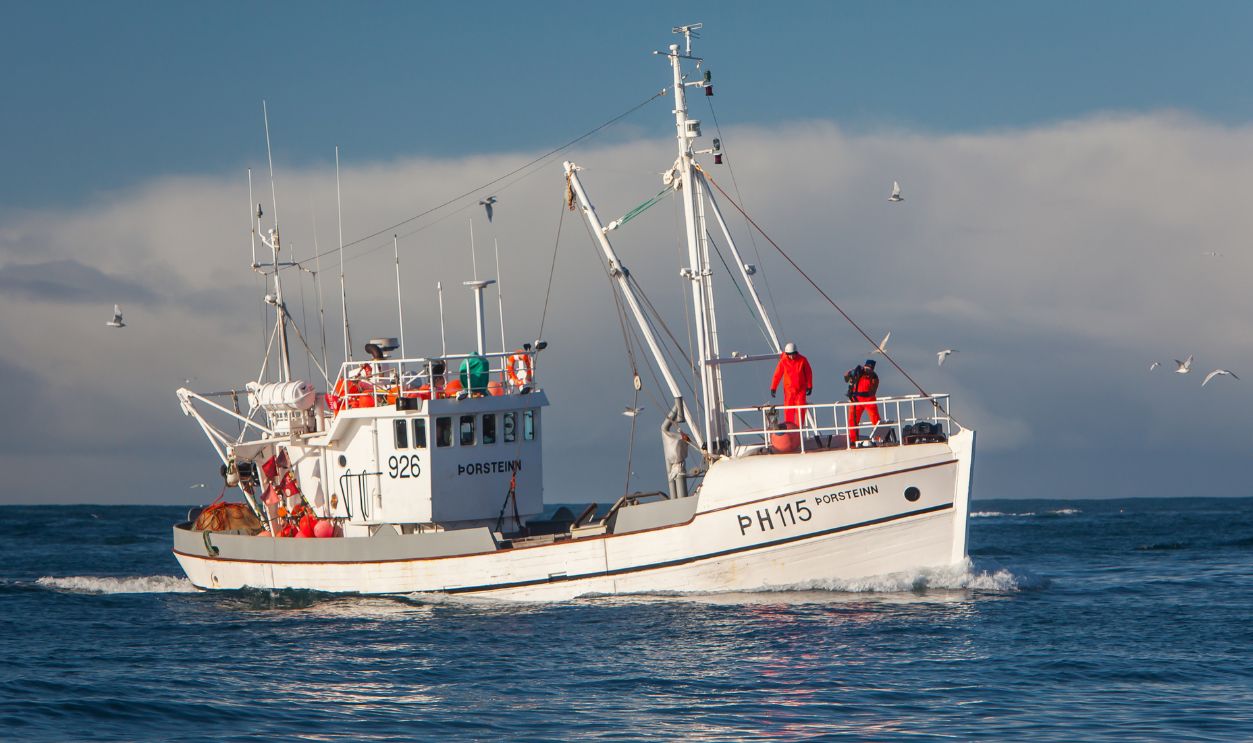 Johann Ragnarsson, Shutterstock
Johann Ragnarsson, Shutterstock
There's More To Explore
Glaciers, volcanoes, and hot springs characterize Iceland's geography. The island features dramatic landscapes, including the Vatnajökull glacier, the largest in Europe, and the active volcano Hekla. It has a subarctic climate with cool summers and mild winters, moderated by the North Atlantic Current, with occasional strong winds.
 Andrii Zabolotnyi, Shutterstock
Andrii Zabolotnyi, Shutterstock
Tourists Have A Lot To Do
The island usually welcomes about 700,000 tourists annually—almost double the number of its native inhabitants. Popular tourism activities include whale watching, hiking, glacier tours, and soaking in geothermal hot springs like the Blue Lagoon. Winter sports and viewing the Northern Lights are also major attractions.
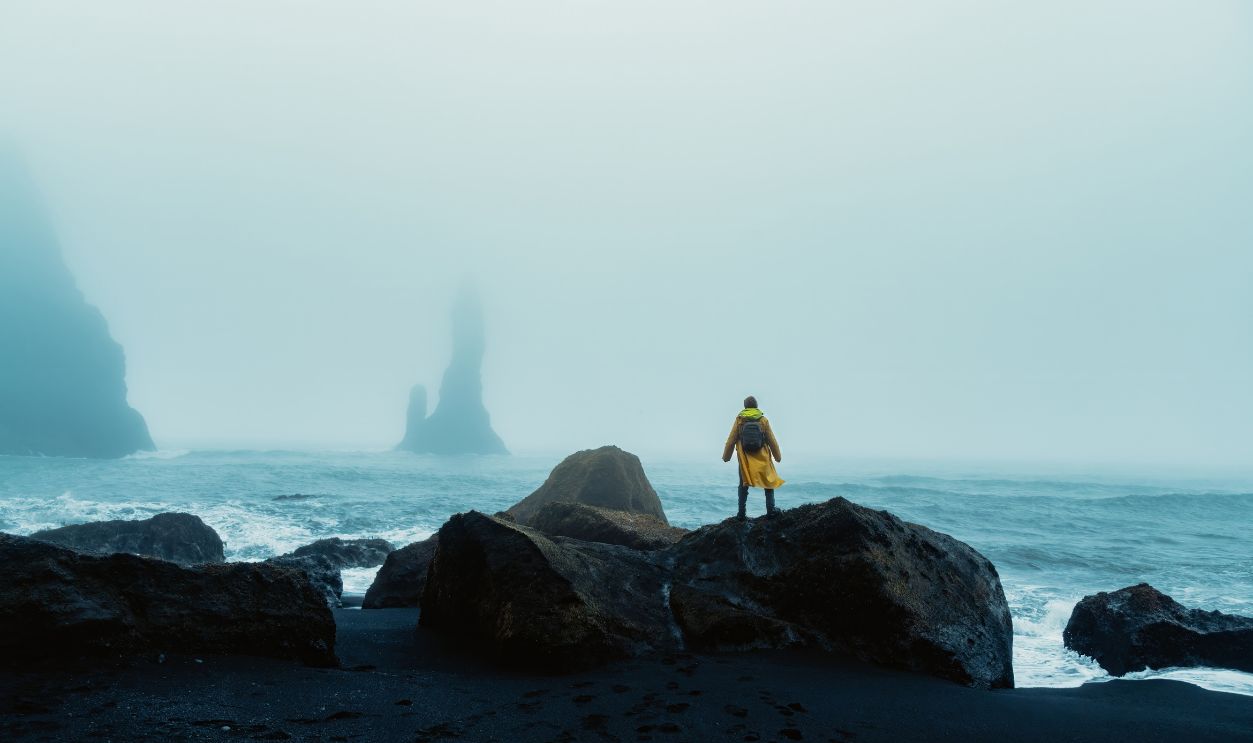 Zamrznuti tonovi, Shutterstock
Zamrznuti tonovi, Shutterstock
Agricultural Activities Are Challenged
The climate and soil limit agricultural activities on the island, but the people of Iceland managed to overcome this natural obstacle thanks to their greenhouse-grown vegetables, particularly tomatoes and cucumbers. Sheep farming and dairy production are also significant.
 Salvör Gissurardóttir, CC BY-SA 4.0, Wikimedia Commons
Salvör Gissurardóttir, CC BY-SA 4.0, Wikimedia Commons
A Renewable Energy Leader
Iceland is a leader in renewable energy, utilizing geothermal and hydroelectric power for nearly all its electricity and heating needs. This sustainable approach has set a global example for clean energy use, making the island one of the world's biggest clean energy producers.
 Gretar Ívarsson, Wikimedia Commons
Gretar Ívarsson, Wikimedia Commons
Moving There Can Be A Dream
Today, Iceland is known for its high standard of living, progressive society, and vibrant cultural scene. The capital city, Reykjavik, is a hub for arts, music, and technology, balancing modernity with its rich historical roots. In 2021, Iceland welcomed more than 5,000 refugees, most from Ukraine, Palestine, and Venezuela.
It's Not The Newest Volcanic Island
Although Iceland is the most famous volcanic island, it's not the newest. This title refers to an unnamed landmass about 0.62 miles offshore of Iōtō Island in Japan. This island suddenly rose from the sea depths in October 2023 due to the explosion of an underwater volcano.
It's Small But Significant
The newly formed island settled about one month after the volcanic activity and measured about 65 feet in diameter. Despite its small size, the island's significance is related to the rare phenomenon that shows scientists how islands were formed over millions of years.
It's Not There To Last
After its formation, the sea waves started eroding the island, and the absence of lava flows that usually form a protective crust makes the island's future uncertain. Similar volcanic islands formed in 1904, 1914, and 1986 but disappeared after the volcanic activity stopped.
But We Will Always Be Impressed
Even after they wither away, these islands prove to man that the power of nature is incomparable to whatever technology is available. Nothing can stop a volcanic eruption, the emergence of land from the depths of the sea, or its demise despite our hopes.


